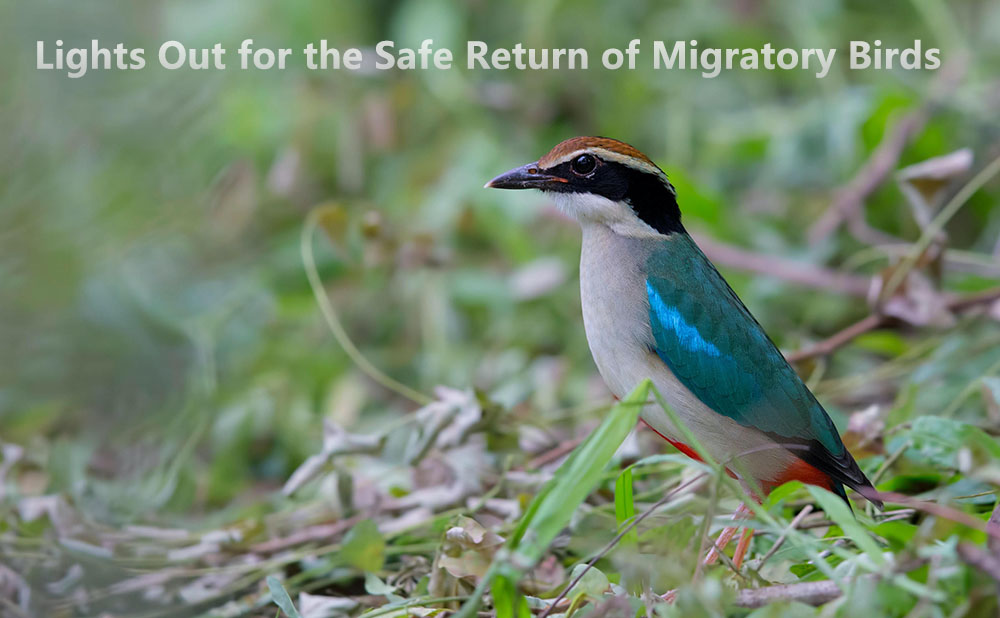Lights Out for the Safe Return of Migratory Birds

Lights Out for the Safe Return of Migratory Birds
Lights Out for the Safe Return of Migratory Birds
Migratory birds embark on remarkable journeys across the globe, covering thousands of miles in their quest for survival. These incredible creatures navigate through various obstacles, including extreme weather conditions, predators, and habitat loss. However, there's one man-made threat that poses a significant danger to their journey – light pollution. In this blog, we'll explore the critical issue of light pollution and its impact on migratory birds, as well as the steps we can take to ensure their safe return.
The Threat of Light Pollution
Light pollution is the excessive, misdirected, or obtrusive artificial light produced by human activities, such as streetlights, illuminated buildings, and advertising signs. While it may seem harmless, it has severe consequences for migratory birds.
Here's how:
Disorientation:
Artificial lights can disorient birds, causing them to become confused and fly off course. This can lead to exhaustion, collisions with buildings, and even death.
Disturbed Behavior:
Light pollution disrupts natural behaviors like foraging and resting. Birds exposed to constant light at night may suffer from sleep deprivation and decreased overall fitness.
Attraction to Lights:
Migratory birds are attracted to artificial lights, especially during foggy or cloudy nights. They circle the lights, expending precious energy and becoming vulnerable to predators.
Altered Migration Patterns:
Some species of birds have altered their migration patterns in response to light pollution, which can affect their ability to find suitable habitats and food sources.
Solutions to Mitigate Light Pollution
To protect migratory birds and mitigate the harmful effects of light pollution, individuals and communities can take several actions:
Use Dark-Sky Friendly Lighting:
Install shielded outdoor lighting fixtures that direct light downward and reduce light spillage into the sky.
Turn Off Unnecessary Lights:
Switch off non-essential lights during peak migratory periods, especially in urban areas.
Support Dark Sky Initiatives:
Advocate for local and regional policies that promote responsible outdoor lighting practices.
Raise Awareness:
Educate others about the importance of reducing light pollution and its impact on wildlife.
Conclusion
Migratory birds undertake awe-inspiring journeys, and their survival depends on overcoming numerous challenges. However, light pollution is an avoidable threat that we can address. By taking steps to reduce artificial light at night and raising awareness about the issue, we can contribute to the safe return of these remarkable avian travelers. Let's work together to ensure that the skies remain dark and welcoming for migratory birds, allowing them to continue their incredible journeys.





